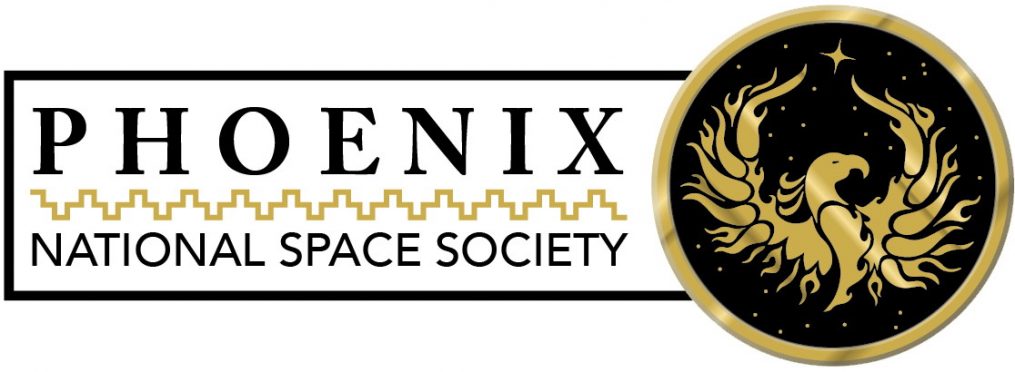|
Third in our series on the second round of funding in the Commercial Crew Development (CCDev) program is the secretive Blue Origin company. The award of $22 million has been announced by NASA. Funding from this round will help with development through the requirements review stage including work on the thermal protection system and an analysis of the aerodynamics of its cone shaped body. The spacecraft is designed to carry seven astronauts to low Earth orbit. |
|
It will carry astronauts and cargo to and from the International Space Station and serve as an ISS emergency escape vehicle for up to 210 days. The vehicle is designed for launch on an Atlas V rocket. |




















You must be logged in to post a comment.